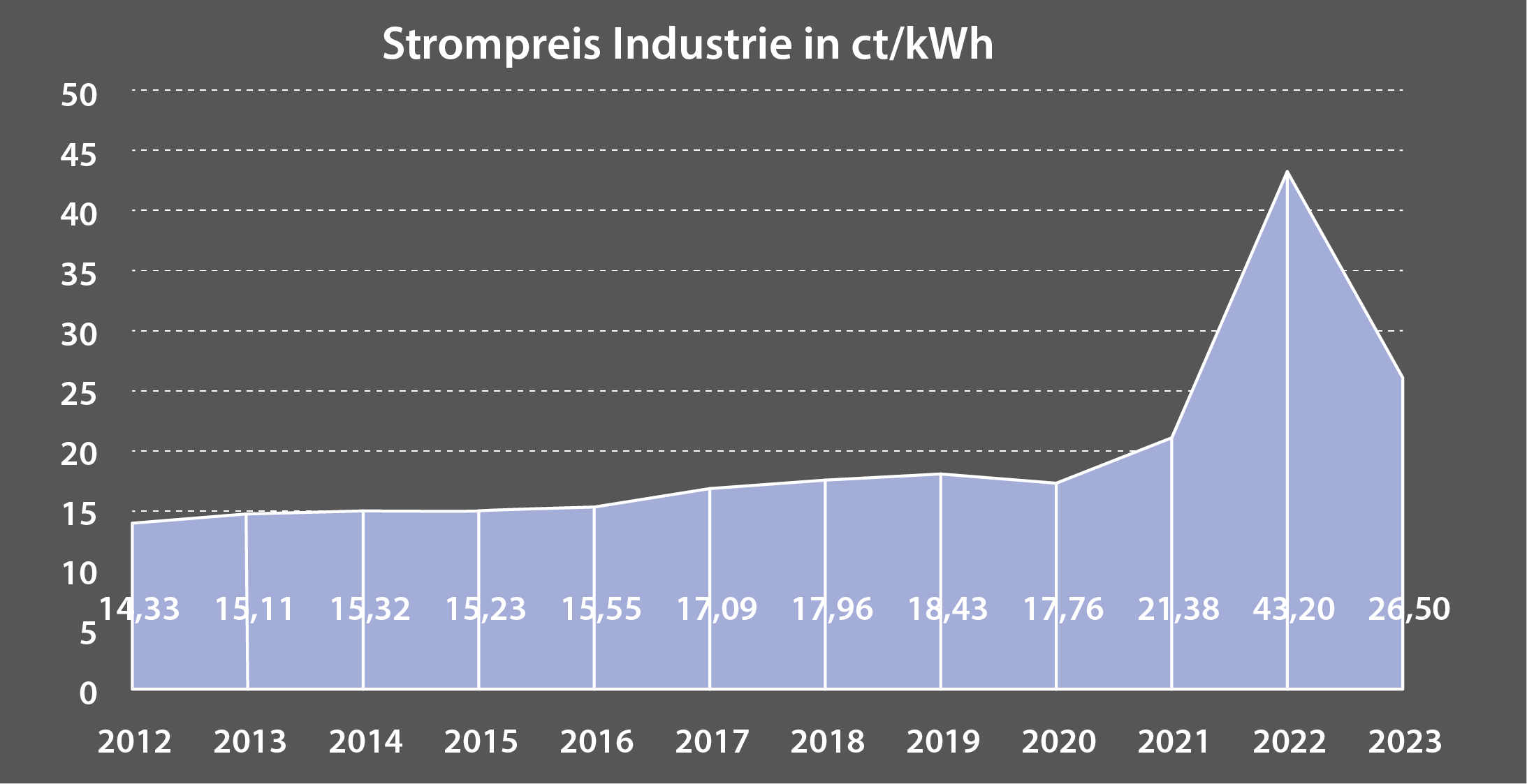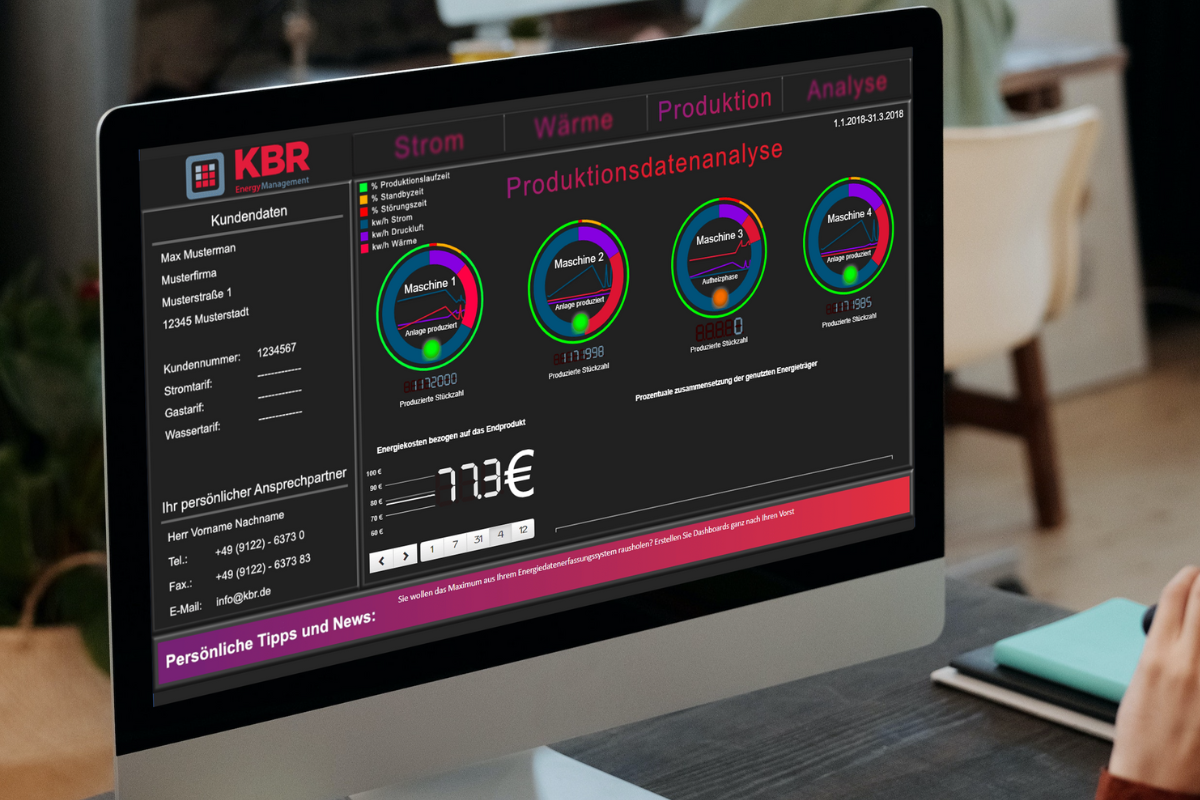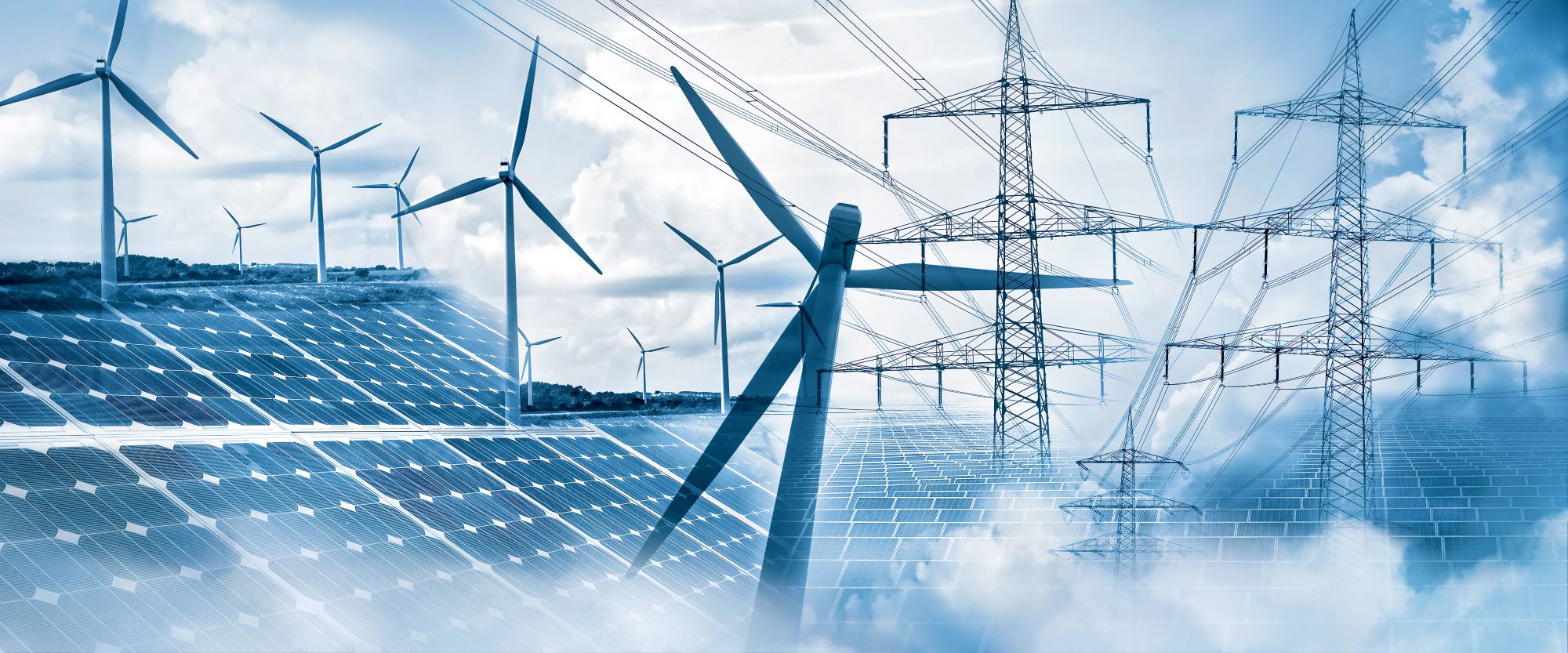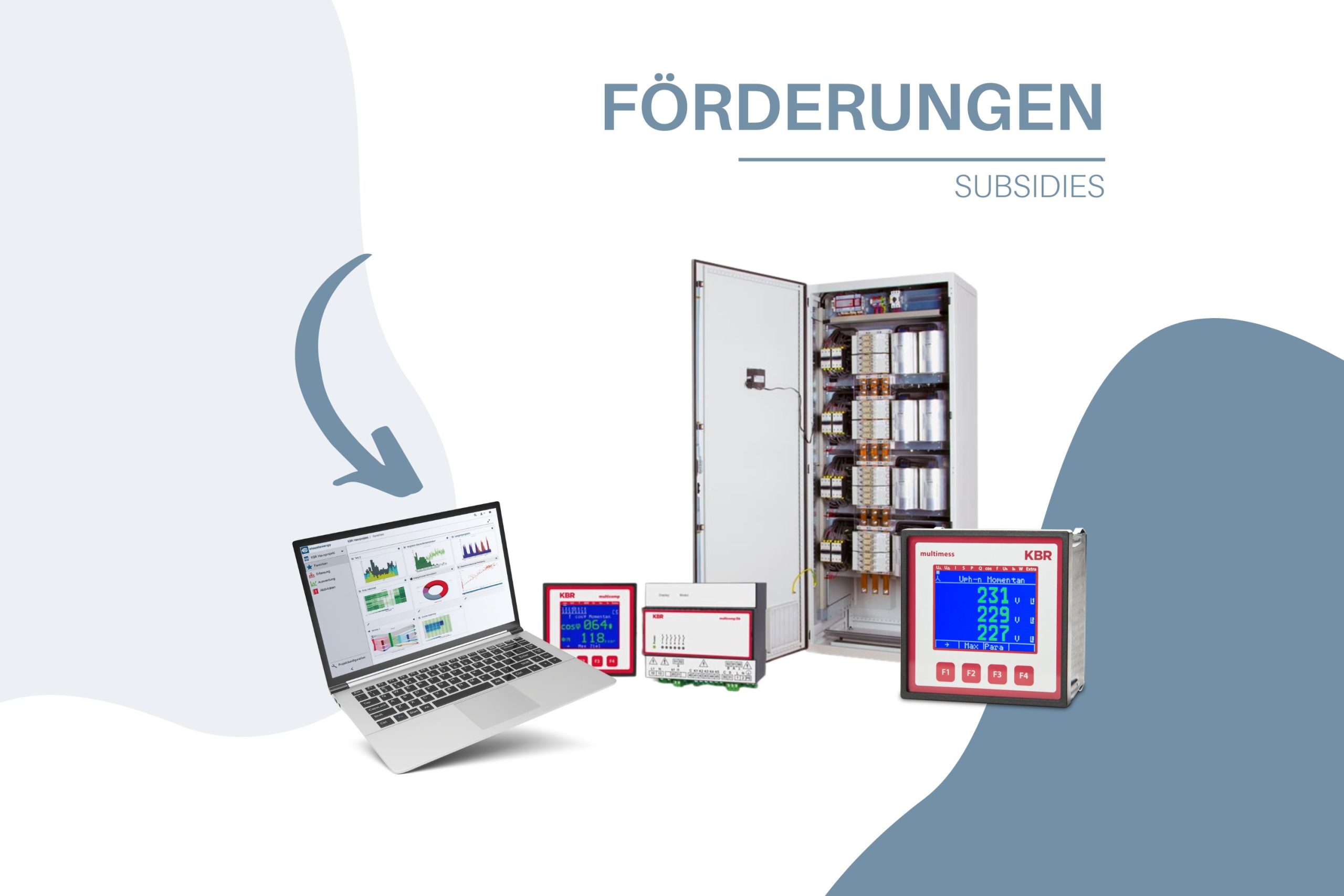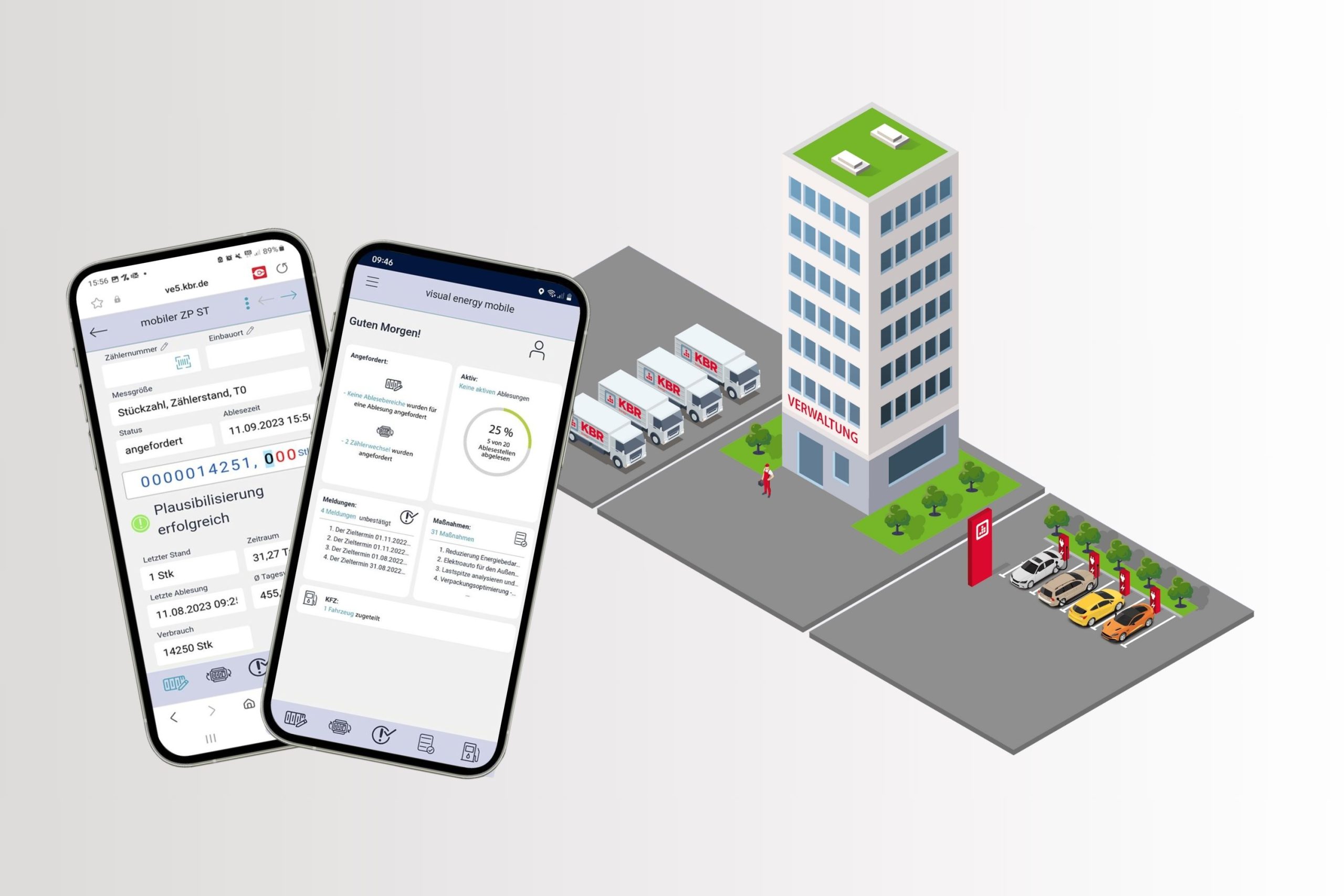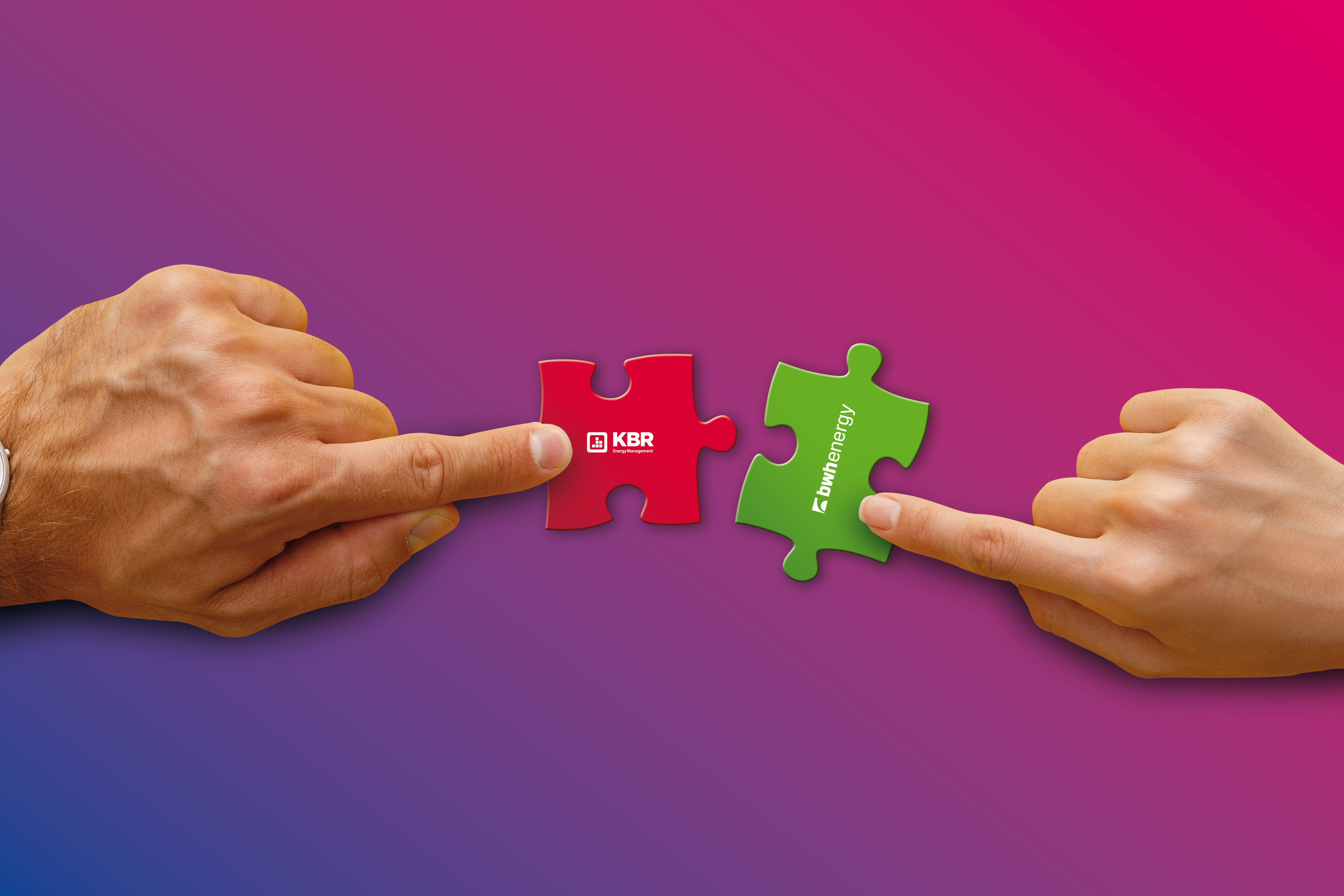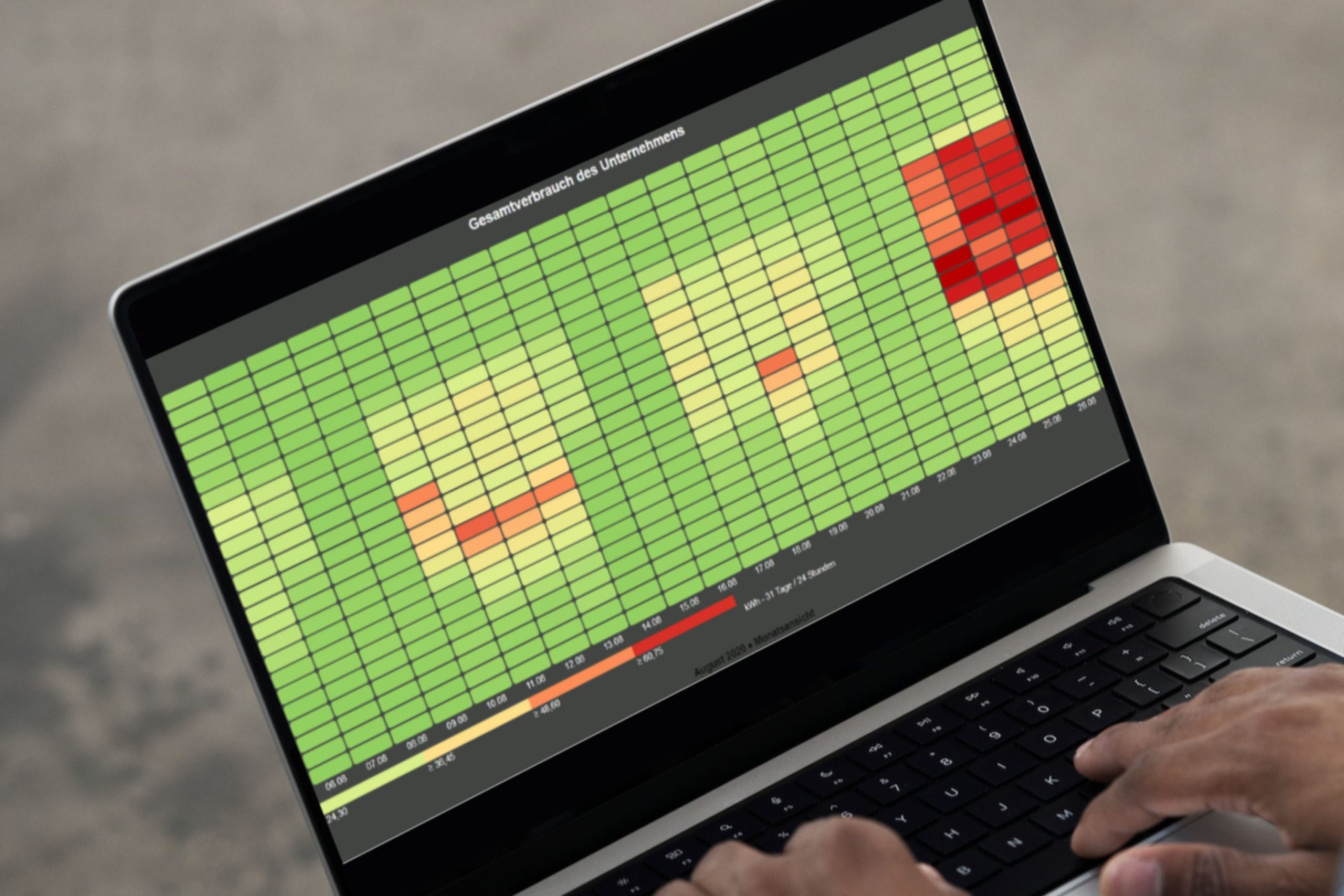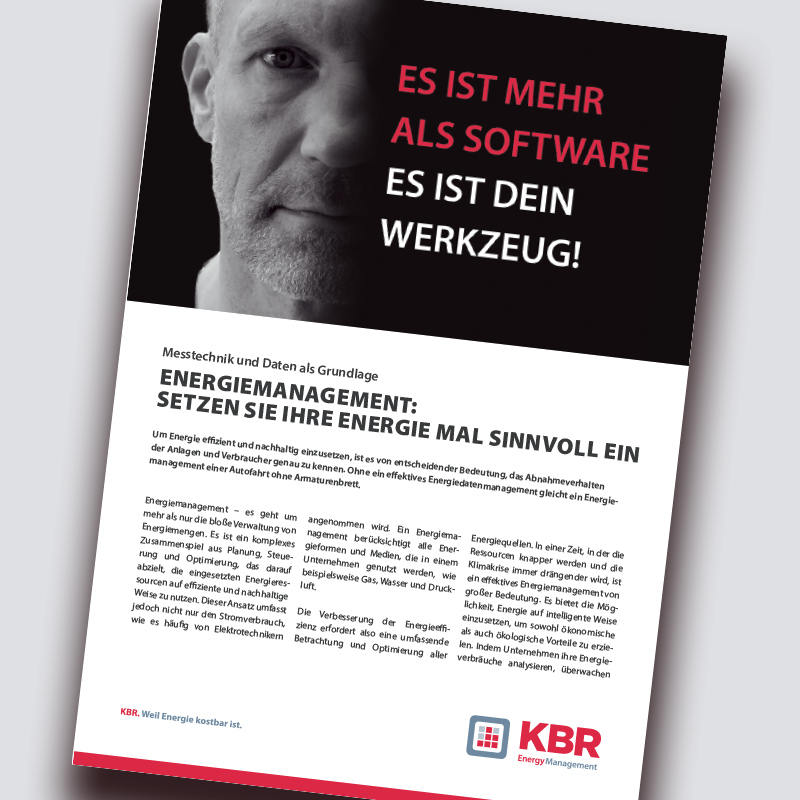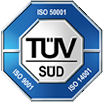Opportunity or risk? Energy efficiency requirements for companies
On 21.09.2023, the German Bundestag announced in an official press release that the Energy Efficiency Act had created a clear legal framework to promote energy efficiency. This important law has the declared aim of making a significant contribution to achieving Germany’s climate targets by including not only energy-intensive companies, but also data centers and public institutions. While this may initially seem like additional regulations and obligations for companies, it also opens up significant opportunities and potential. This is because the focus is on reducing final and primary energy consumption in every company.
The article is also available as a PDF for download.
What has been decided:
As part of the Energy Efficiency Act (EnEfG), it was decided that companies with significant energy consumption – namely more than 7,5 GWh per year – are obliged to establish energy or environmental management systems within 20 months of the law coming into force. If the total final energy consumption in the last three years is more than 2.5 GWh per year, energy efficiency measures must already be recorded in implementation plans and made public. However, there is no mandatory requirement to implement all resulting measures. The decision as to which measures must be implemented is made as part of a profitability analysis in accordance with the guidelines of DIN EN 17463.
Data centers have an obligation
Additional requirements apply to data centers. From a nominal connected load of 200 kW, they are also obliged to introduce an energy and environmental management system. In addition, from 2026, newly commissioned data centers must use waste heat or at least provide evidence of 10% reused energy. From July 2028, this proportion will be increased to 20%. Furthermore, they must obtain at least 50% of their electricity from renewable energies from January 2024, and even 100% from January 2027. They must publish this and other information on their energy consumption in a public register and inform their customers about their specific consumption.
Waste heat must be avoided
Data centers are not the only ones facing stricter requirements: In future, all companies with a total final energy consumption of more than 2.5 GWh per year will be required to avoid waste heat in accordance with the state of the art and to reduce the proportion of technically unavoidable waste heat. It is emphasized that unavoidable waste heat should be reused where possible and under reasonable conditions. In addition, they are obliged to provide information on these measures to both customers and the Federal Office for Energy Efficiency on request in order to promote transparency via a publicly accessible platform. This enables comparison with similar data centers or companies and helps to raise awareness of more energy-efficient operations.
The law not only extends to companies, but also affects public institutions at federal and state level. These institutions must also introduce energy and environmental management systems as soon as their final energy consumption exceeds one GWh per year and achieve an overall final energy saving of 2% per year
Energy efficiency law as an opportunity
The new law now sets out binding requirements for investments by energy-intensive companies and data centers, while at the same time requiring public institutions to act as role models. The progress made is to be documented transparently in order to encourage less energy-intensive companies to implement savings and investments.
In the long term, this law offers a considerable opportunity for numerous companies to reduce their energy costs. In particular, it obliges companies to implement economically viable measures which, following a specific analysis, are expected to generate demonstrable savings. An energy data management system – as we have already informed you, the funding rate is up to 50 % – will also pay for itself within a very short time. This system uncovers your efficiency potential. In view of the current high or even rising energy costs, the savings potential is considerable and an investment pays off immediately. According to the German government’s draft legislation, an energy or environmental management system is expected to pay for itself on average within the first year.
Industry electricity price (BDEW data)
Daten des BDEW https://www.bdew.de/service/daten-und-grafiken/bdew-strompreisanalyse/.
In addition to the cost savings, the positive public image of a company that is among the most energy-efficient in its sector and always has sustainability in mind should not be neglected.
The line of the law is therefore clearly defined: It is intended to enable companies to operate more energy-efficiently and therefore more competitively, primarily through transparency and questioning their own processes and potential, while at the same time reducing final energy consumption.
How do I implement the law?
It is important to proceed in a targeted manner. It is important to proceed in a targeted manner. The first step should therefore be to create a list of measures, as is possible with the visual energy energy data management system. This list can be used to view progress, target dates, responsibilities and other relevant information at a glance. Doing this in visual energy instead of Excel also offers a decisive advantage: each measure is directly linked to the associated measuring points. This means that important diagrams, reports or key figures can be created directly and stored for each measure. This makes it possible to carry out a profitability analysis in accordance with DIN EN 17463.
The versatility and flexibility of such a system shows just how comprehensively it can be used, as not only electricity, but also water, gas, compressed air and all other media can be analyzed. In addition, existing measuring devices from various manufacturers can be integrated. This helps to keep investment costs within reasonable limits, regardless of whether the system has 20 or 1,500 measuring points.
The ISO 50001-certified visual energy software has already proven itself on the market for over 20 years, thanks in part to its mobile application. It enables all users to manually record measuring points and access measures, regardless of their location. The system is complemented by dashboards and reports that can be sent automatically and are available directly in the system or in the e-mail inbox.
visual energy dashboard
Our experts will be happy to show you in detail how this system is implemented and what needs to be taken into account – individually adapted to your company.

Your Simon Tempelmeier
Product Management KBR GmbH
